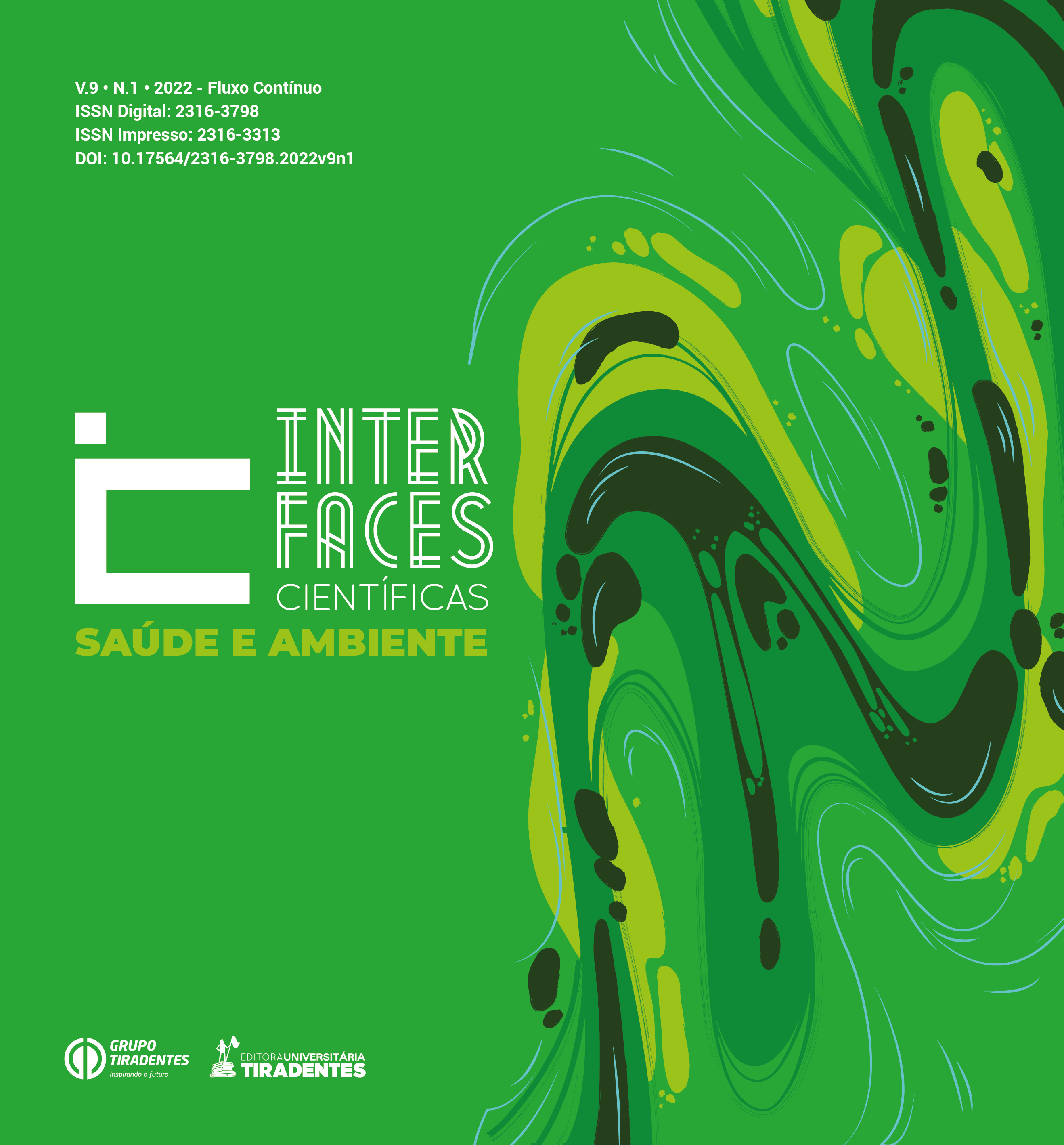FEBRE AMARELA: PERFIL EPIDEMIOLÓGICO E ÁREAS DE ATENÇÃO NO RIO DE JANEIRO, 2017 A 2018.
DOI:
https://doi.org/10.17564/2316-3798.2022v9n1p185-201Published
Downloads
Downloads
Issue
Section
License
Copyright (c) 2022 Interfaces Científicas - Saúde e Ambiente

This work is licensed under a Creative Commons Attribution-NonCommercial 4.0 International License.
Autores que publicam nesta revista concordam com os seguintes termos:
a. Autores mantêm os direitos autorais e concedem à revista o direito de primeira publicação, com o trabalho simultaneamente licenciado sob a Licença Creative Commons Attribution que permite o compartilhamento do trabalho com reconhecimento da autoria e publicação inicial nesta revista.
b. Autores têm permissão e são estimulados a distribuir seu trabalho on-line (ex.: em repositórios institucionais ou na sua página pessoal), já que isso pode gerar aumento o impacto e a citação do trabalho publicado (Veja O Efeito do Acesso Livre).
Abstract
Rio de Janeiro is not part of the Brazilian endemic area of yellow fever, but between January 2016 and March 2018, 308 confirmed cases were recorded, with a lethality of 32%. This paper presents a methodology for determining priority areas for vaccination employing environmental and demographic variables to construct a logistic regression model that identifies the area’s most likely to contract yellow fever. The results indicate that for the Rio de Janeiro state, the most relevant explanatory variables are the average annual temperature and the presence of epizootic cases. According to the methodology, vaccination against yellow fever in the Serrana Region is recommended, due to its lower temperatures compared to the rest of the state and the presence of epizootics. The Metropolitan Region of Rio de Janeiro, which was included in recommendation area for fractional dose vaccination due to the high number of cases, is not entirely a priority according to the estimator. The municipalities of Norte Fluminense would be in an area where a recommendation for yellow fever vaccination would not be necessary, despite case reports on the site.




















